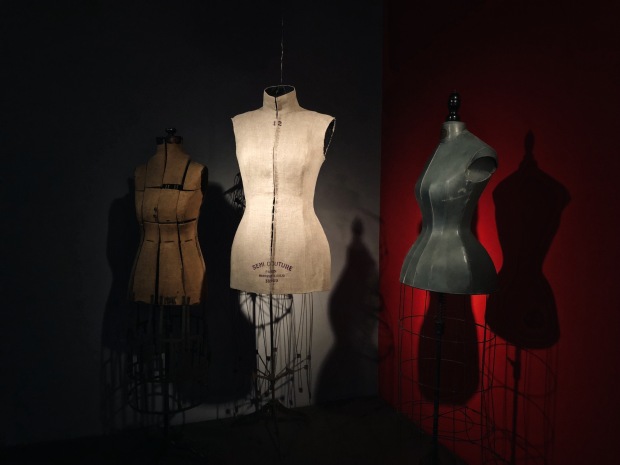Is there a “Doritos for Her” in the works? Speculation erupted after PepsiCo chief executive Indra Nooyi made the following comments during a recent interview with Freakonomics:
As you watch a lot of the young guys eat the chips, they love their Doritos, and they lick their fingers with great glee, and when they reach the bottom of the bag they pour the little broken pieces into their mouth, because they don’t want to lose that taste of the flavor, and the broken chips in the bottom. Women I think would love to do the same, but they don’t. They don’t like to crunch too loudly in public. And they don’t lick their fingers generously and they don’t like to pour the little broken pieces and the flavor into their mouth. [We ask:] ‘Are there snacks for women that can be designed and packaged differently?’ And yes, we are looking at it, and we’re getting ready to launch a bunch of them soon. For women, low-crunch, the full taste profile, not have so much of the flavor stick on the fingers, and how can you put it in a purse?
After a twitter storm of criticism, Doritos responded with this tweet:

If the company were to make “Lady Doritos,” it would be another example of an unnecessarily gendered product (remember the infamous “Bic Pens for Her”?) that reinforces stereotypes about women, namely that they should be quiet, clean, and dainty.
Even the notion that the packaging should be changed so that it can fit inside a woman’s purse plays on dominant cultural messages involving women’s appearance and eating habits; women are taught to control their bodies and appetites. I can imagine women smuggling these itty-bitty packs of “Lady Doritos” in their purses. Good thing the chips are quieter so that they can stealthily snack away without drawing attention from the food police!
 While on the topic of packaging, I must agree with CBS Philly’s Nicole Brewer. Can we do something about the loudness of the bag? [To see my comment to Brewer on the topic, check out the video here.]
While on the topic of packaging, I must agree with CBS Philly’s Nicole Brewer. Can we do something about the loudness of the bag? [To see my comment to Brewer on the topic, check out the video here.]
The plan for gendered Doritos provoked ire on social media because consumers do not perceive Doritos as a product that is used differently by men and women and the differences highlighted by Nooyi seem quite trivializing and demeaning. Incidentally, many successful products “for her” cost more than their generic versions, a phenomenon known as the “pink tax.”
Instead of promoting these low-crunch snacks for women, I suggest PepsiCo market them for movie theatre goers and those who suffer from misophonia, a condition in which certain sounds like chewing trigger a strong reaction in the listener. For the sake of all humankind, not just women, give us a quieter chip. PepsiCo, be a part of the solution to combat sound pollution.*
*Please read this revolutionary call with a tongue in cheek tone. Personally, I enjoy a crunchy snack #getyourcrunchon




 While on the topic of packaging, I must agree with CBS Philly’s Nicole Brewer. Can we do something about the loudness of the bag? [To see my comment to Brewer on the topic, check out the video
While on the topic of packaging, I must agree with CBS Philly’s Nicole Brewer. Can we do something about the loudness of the bag? [To see my comment to Brewer on the topic, check out the video 




